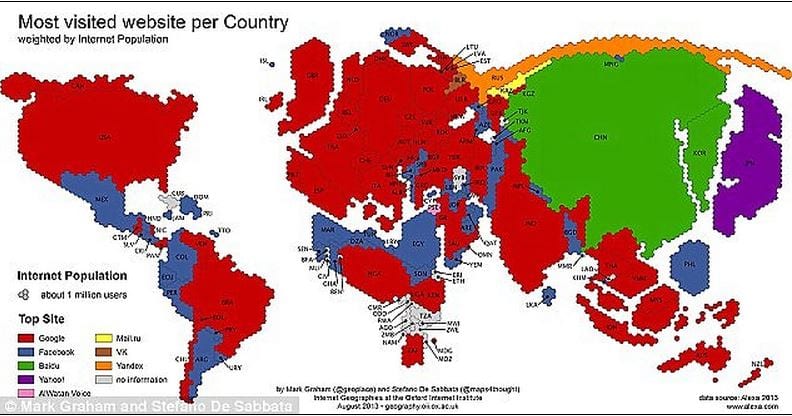The Office of National Statistics issues an Internet Quarterly Update. The Summary from Internet Access – Households and Individuals, released 7th August, begins with the sentence ‘The Internet has changed the way people go about their daily lives.’ Well, not everyone although the point was tipped some time ago. ONS tell us 22 million households (84%) have Internet access this year. These statistics are not lying, they’re just not telling the whole truth. Apart from the 16% which don’t, access does not always equate with effective use. Digital divides remain. They’re getting deeper as the prerequisite learning curves get steeper and this inaccessibility is also invisible thereby silenced more than ever before.
This week the Economic and Social Research Council (ESRC) announced the Empathy and Trust In Communicating ONline (EMoTICON) funds. The University of Lincoln will manage CuRAtOR (Challenging online feaR And OtheRing), a £750,000 project exploring social media and discrimination. As well as CuRAtOR, UoL will feed into Loneliness in the digital age (LIDA) led by Loughborough. Up to £3.7 million pounds was available under a cross-council Global Uncertainties, Digital Economy and Connected Communities Programme.
Also this week the crowd-funding platform Zequs launched a new appeal from UCANDOIT, a charity teaching people with disabilities to use computers with focus on the Internet and email. For examples of their work visit the UCanDoIT YouTube channel. Their appeal for public donations is called Getting People with Disabilities Online and Surfing. It aims to raise £5000 by 29th September and at the time of writing still has £4970 to go.
It’s clear from the ONS Survey, people with disabilities are one of the most discriminated against sections of the population when it comes to internet access.
The 3.5 million disabled adults who had never used the Internet represented 30% of the adult population who were disabled. Of those adults who reported no disability, 7% (3.0 million adults) had never used the Internet. (Internet Access Quarterly Update, 2014:5)
In 2010 the Single Equality Act replaced the Disability Discrimination Act, making it illegal to discriminate on the grounds of eight protected characteristics including disability. It also broadened definitions of discriminatory behaviours to improve and extend protection. Individuals with disabilities, in particular users of assistive technologies, are among those excluded from equitable internet access yet their digital discrimination is rarely discussed and even more rarely addressed. The disparity between research into internet use compared to tackling digital exclusion is clear and itself serves to widen and deepen those increasingly invisible digital divides.

